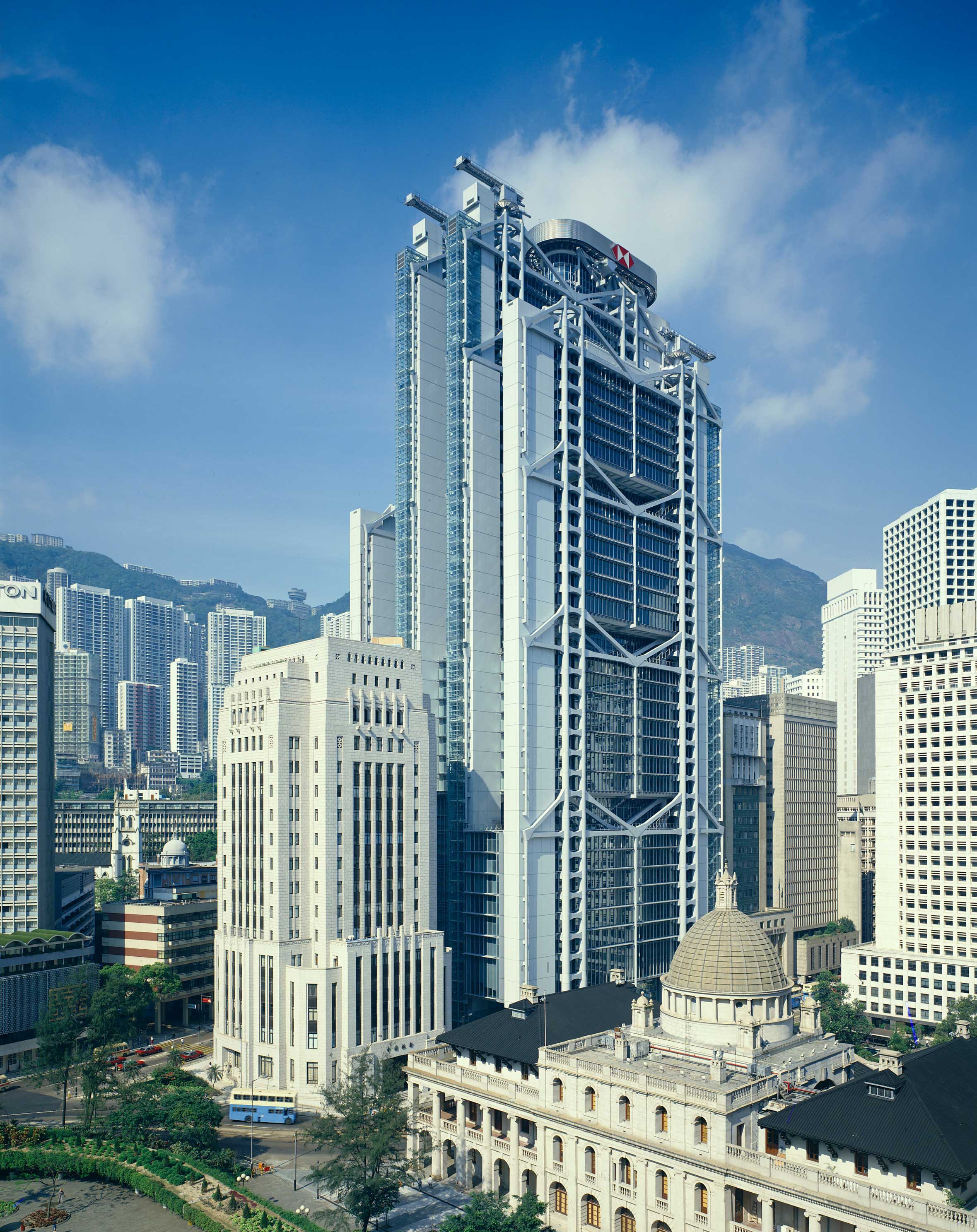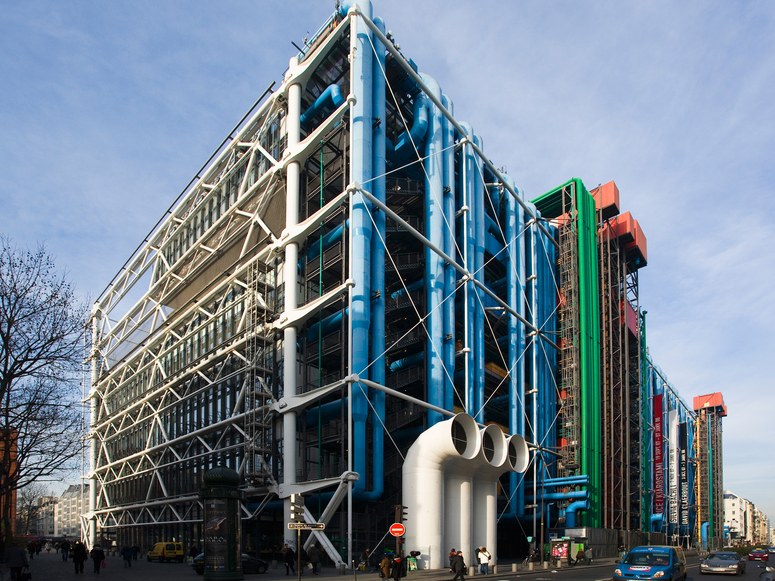Exoskeleton
Contents |
[edit] Introduction
Very broadly, the term 'exoskeleton' refers to an external skeleton. In its traditional application, it describes the hard covering found on certain types of animals. It is also used to describe a wearable powered suit (or exosuit) that can be adapted as a mobile machine for industrial or medical purposes, and in relation to some built structures.
[edit] Exosuits and construction
As an exosuit, exoskeletons made from metal and outfitted with motorised “muscles” give wearers robotic strength. This innovation is already being used to help people with disabilities walk independently. It is also being tested on construction workers as a way to help them lift and move heavy objects without causing injury.
[edit] Exoskeletons and architecture
By picking up on the term’s connection with nature, exoskeleton buildings display a sense of biomimicry. In nature, the exoskeleton is an animal’s external armour that protects its internal systems. An exoskeleton serves a similar function in architecture. The building’s exoskeleton performs certain roles - ranging from structural to thermal - while protecting and supporting its internal systems.
In architectural and engineering applications, an exoskeleton approach is sometimes used for skyscrapers. It is a construction approach that places key components of a building on the exterior of the structure.
Instead of being covered by cladding or other surface materials, an exposed exoskeleton showcases the technical aspects of the building by putting them on display. In some instances, mechanical and engineering systems are incorporated into the exoskeleton.
One of the advantages of an exoskeleton is that it can free up interior space that would otherwise be required for columns and other structural supports. This creates an extremely flexible floorplan that can be easily adapted. Placing bracing and trusses on the outside of the building can also create an innovative and industrial aesthetic effect.
However, it can create complex exteriors that are difficult to clean and maintain.

|

|
| Lloyd's of London | HSBC Hong Kong |
[edit] Related articles on Designing Buildings
Featured articles and news
OpenUSD possibilities: Look before you leap
Being ready for the OpenUSD solutions set to transform architecture and design.
Global Asbestos Awareness Week 2025
Highlighting the continuing threat to trades persons.
Retrofit of Buildings, a CIOB Technical Publication
Now available in Arabic and Chinese aswell as English.
The context, schemes, standards, roles and relevance of the Building Safety Act.
Retrofit 25 – What's Stopping Us?
Exhibition Opens at The Building Centre.
Types of work to existing buildings
A simple circular economy wiki breakdown with further links.
A threat to the creativity that makes London special.
How can digital twins boost profitability within construction?
The smart construction dashboard, as-built data and site changes forming an accurate digital twin.
Unlocking surplus public defence land and more to speed up the delivery of housing.
The Planning and Infrastructure Bill
An outline of the bill with a mix of reactions on potential impacts from IHBC, CIEEM, CIC, ACE and EIC.
Farnborough College Unveils its Half-house for Sustainable Construction Training.
Spring Statement 2025 with reactions from industry
Confirming previously announced funding, and welfare changes amid adjusted growth forecast.
Scottish Government responds to Grenfell report
As fund for unsafe cladding assessments is launched.
CLC and BSR process map for HRB approvals
One of the initial outputs of their weekly BSR meetings.
Building Safety Levy technical consultation response
Details of the planned levy now due in 2026.
Great British Energy install solar on school and NHS sites
200 schools and 200 NHS sites to get solar systems, as first project of the newly formed government initiative.
600 million for 60,000 more skilled construction workers
Announced by Treasury ahead of the Spring Statement.


























Comments